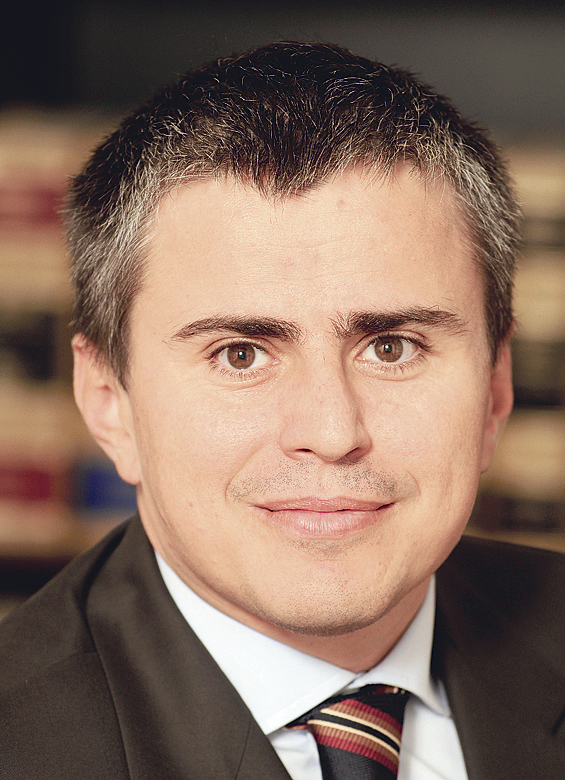Few days ago, the Chamber of Deputies passed the government initiative regarding a five percentage point decrease of the social contributions paid by employers. Normally, such a decision should have been welcome especially by the businessmen, but this didn’t really happen. The reason is quite simple: some suspect the decision was taken at the end of the year due to the upcoming presidential elections and that this apparent gift will be paid for good and hard in 2015. The government didn’t succeed to convince the reduction is part of a plan – on the contrary, it seems the fiscal strategy is quite fuzzy. On one hand it exempts from profit tax the capital gain (and consequently puts Romania on the map of the locations suitable for holdings) or postpones the payment for the reinvested profit, but on the other it imposes an infamous investment tax, raises the excise duties as well as numerous other taxes. What is the strategy?
Taking into account the government risked to severely damage Romania’s image as investment destination (a risk translated by the decrease of the direct investments) by introducing the special construction tax (in fact nothing else but an investment tax!) for only just a little bit over one billion RON, it’s not at all unnatural to wonder what disasters will the Romanian entrepreneurs face after the elections, when the government will need five billion RON to cover the loss generated by the social contributions’ shrinkage. I suspect “the soul” of the young Minister of Finances Ioana Petrescu won’t be enough.
I have to underline there are no chances this decrease could have the impact the revenue taxes reduction had in 2005-2007 (i.e. a 40% increase of the collected amounts). There are several reasons:
– First at all, the decrease is a lot smaller that back then, so there will be fewer untaxed revenues to become legal;
– Second, the decrease is not accompanied by real reform measures, which might lead to an increase in the number of taxpayers. It shouldn’t be forgotten that in 2005-2007 the 16% flat rate wasn’t only meaning a reduction, but also an increase: the dividend tax went up from 5% to 16%, while the tax on capital market gains grew from 1% to 16%. In addition, there was a new tax on the gain and then on the revenue from selling real estate;
– Third, the changes regarding the micro-enterprises’ fiscal regime, but also the increase of the dividend tax made many micro-enterprises turn into sole traders (which paid revenue tax).
Hence, how the five billion RON deficit will be covered in 2015? There are, of course, several directions: (i) raising the taxes, (ii) decreasing the government expenses, (iii) increasing the tax collection rate/decreasing the tax evasion rate. The third version is the ideal one, but we know it wouldn’t happen. Let’s hope it will be a combination of all three and not just the first one…
There is still an unanswered question: can we reduce the fiscal charge on labour without ruining some very sensitive balances? My answer is beyond debate: YES! But not only by dropping the levels, but also by reforming and simplifying the social contributions system and setting it on moral basis.
Gabriel Biris, lawyer, co-founder Biris Goran law firm







